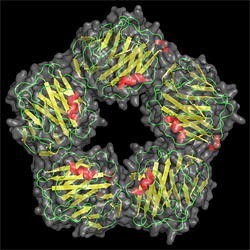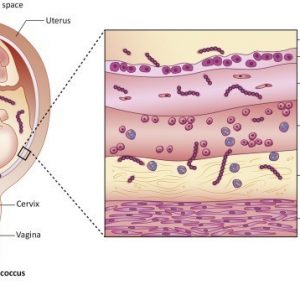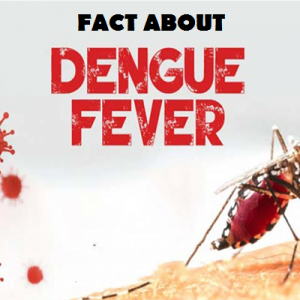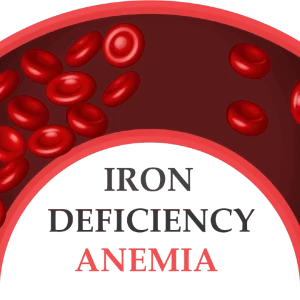
What is hypertension?
Each time your heart beats, blood is pumped through your arteries and veins, the blood vessels of your circulatory system. Arterial blood pressure is created by the force exerted by the blood against the artery walls, as they carry blood around your body.
Hypertension, also known as high blood pressure, is when the pressure of the blood being pumped through your arteries is higher than it should be. High blood pressure, or hypertension has been called the “silent killer”, because it often has no warning signs or symptoms, and many people do not even know they have it. Over time, the constant pressure overload causes accumulating damage that eventually becomes more than your circulatory system can handle, often leading to serious health problems.
Prevention
Your age, along with a family history of hypertension and ethnicity are among the hypertension risk factors that are out of your control. When it comes to preventing high blood pressure, the idea is to focus on the risk factors that you can change.
- Maintain a healthy weight – When it comes to hypertension prevention, your weight is crucial, says Dr. Ogedegbe. People who are overweight should try to lose weight, and people of normal weight should avoid adding on any pounds. If you are carrying extra weight, losing as little as 10 pounds can help prevent high blood pressure. Talk with your doctor about the best weight for you.
- Eat a balanced diet – Eating healthful foods can help keep your blood pressure under control. Get plenty of fruits and vegetables, especially those rich in potassium, and limit your intake of excess calories, fat, and sugar. Consider following the Dietary Approaches to Stop Hypertension, or DASH, diet, which has been shown to help manage blood pressure.
- Cut back on salt – For many people, eating a low-sodium diet can help keep blood pressure normal. “The higher the sodium intake, the higher the blood pressure,” says Ogedegbe. You can cut back on your total salt intake by avoiding high-sodium packaged and processed foods and not adding extra salt to your meals. “I tell people to stay away from salt shakers,” adds Ogedegbe
- Exercise regularly – Get moving to prevent hypertension. “Physical activity is crucial,” says Ogedegbe. The more exercise you get, the better, but even a little bit can help control blood pressure. Moderate exercise for about 30 minutes three times a week is a good start.
- Limit alcohol – Drinking too much alcohol can lead to high blood pressure. For women, that means no more than one drink a day, and for men, no more than.
Causes
There are several factors that may cause high blood pressure, but the exact cause is unknown. The following factors may increase one’s risk for high blood pressure
- Smoking
- Overweight or Obesity
- Lack of physical activity
- Too much salt consumption
- Too much alcohol consumption (more than 1 to 2 drink per day)
- Stress
- Older age
- Genetics
- Family history of high blood pressure
- Chronic kidney disease
- Sleep apnea
Tips to stay healthy
- Lose weight – Blood pressure often increases as weight increases. Being overweight also can cause disrupted breathing while you sleep (sleep apnea), which further raises your blood pressure.
- Exercise regularly – Regular physical activity — such as 150 minutes a week, or about 30 minutes most days of the week — can lower your blood pressure by about 5 to 8 mm Hg if you have high blood pressure. It’s important to be consistent because if you stop exercising, your blood pressure can rise again.
- Healthy Diet – Eating a diet that is rich in whole grains, fruits, vegetables and low-fat dairy products and skimps on saturated fat and cholesterol can lower your blood pressure by up to 11 mm Hg if you have high blood pressure. This eating plan is known as the Dietary Approaches to Stop Hypertension (DASH) diet.
- Quit Smoking – Each cigarette you smoke increases your blood pressure for many minutes after you finish. Stopping smoking helps your blood pressure return to normal. Quitting smoking can reduce your risk of heart disease and improve your overall health. People who quit smoking may live longer than people who never quit smoking.
- Reduce your stress – Chronic stress may contribute to high blood pressure. More research is needed to determine the effects of chronic stress on blood pressure. Occasional stress also can contribute to high blood pressure if you react to stress by eating unhealthy food, drinking alcohol or smoking.






